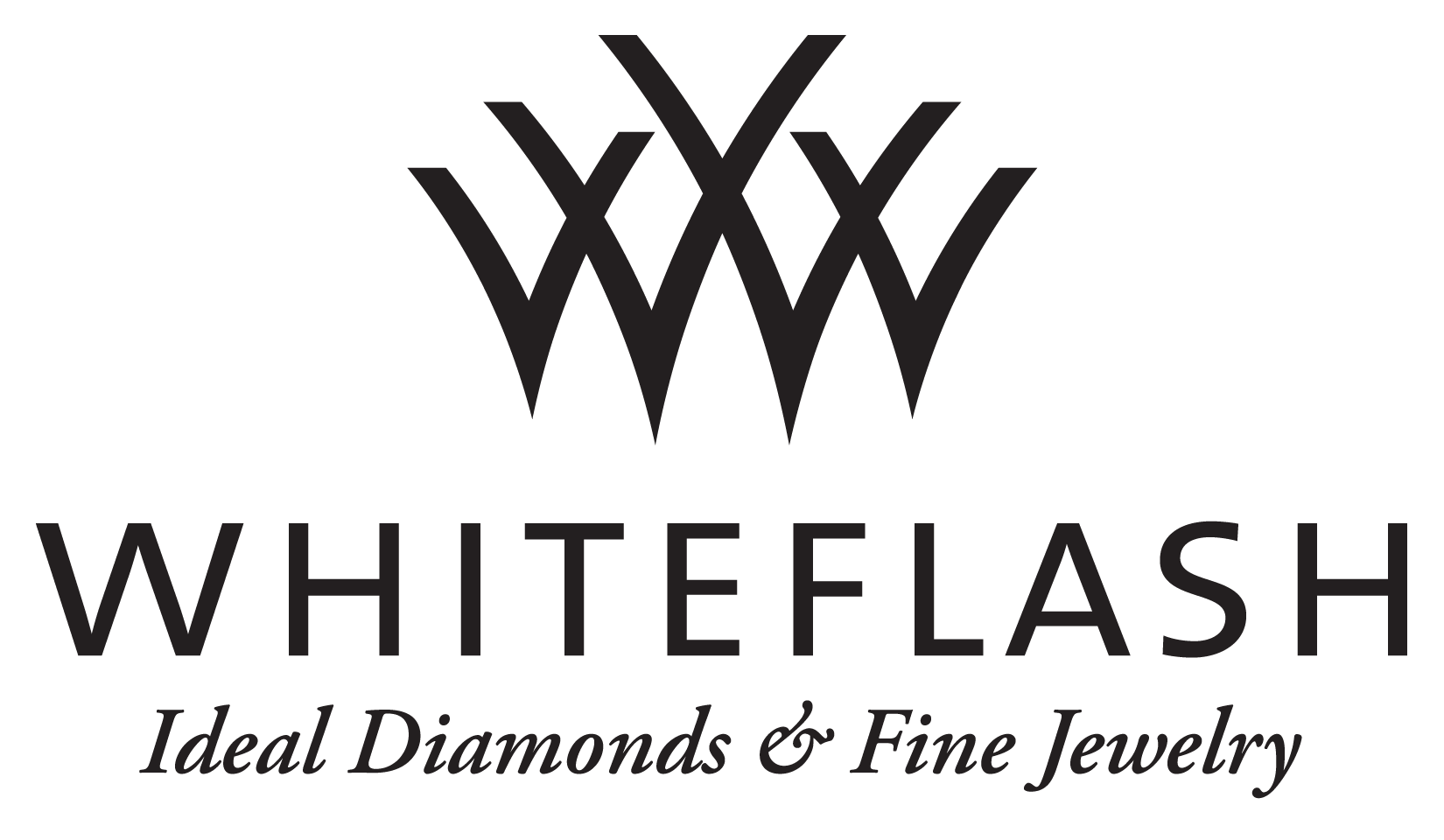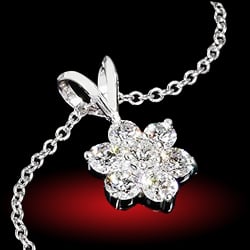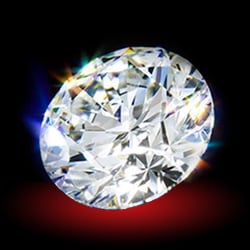Hi again,

After researching, I'm familiar with the ideal %'s for a brilliant round and the H&A grading. Is it possible to get a diamond (for an engagement ring) that reflects more white/blue light than the orange/red? What specs determine this? I'm guessing the color can affect it, i.e. a D-F will reflect whiter light? Would there be any other considerations? Examples would be helpful too.
I'm searching for a 1 carat, VS1-VS2 range, single diamond for an engagement ring that sparkles blue/white the most (ideal cut) and shows the least amount of warmth/fire. Thank you.


After researching, I'm familiar with the ideal %'s for a brilliant round and the H&A grading. Is it possible to get a diamond (for an engagement ring) that reflects more white/blue light than the orange/red? What specs determine this? I'm guessing the color can affect it, i.e. a D-F will reflect whiter light? Would there be any other considerations? Examples would be helpful too.
I'm searching for a 1 carat, VS1-VS2 range, single diamond for an engagement ring that sparkles blue/white the most (ideal cut) and shows the least amount of warmth/fire. Thank you.








300x240.png)